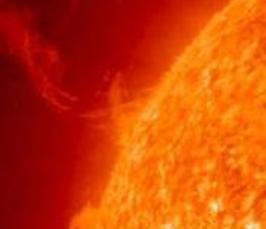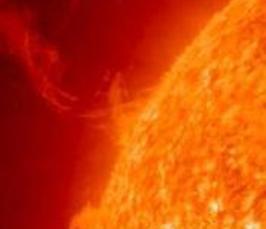Penumbral formation is a significant part of the flux emergence process. Despite the new advanced techniques in observations and simulations, there are still processes that need to be clarified. In particular, two aspects have been carefully investigated: whether there is a preferred location where the penumbra starts to form and how the Evershed flow sets in. Recent observations by Schlichenmaier et al. (2010) show that the penumbra forms in sectors and that the area between the two polarities prevents the settlement of a stable penumbra. Using high-resolution spectropolarimetric data acquired by IBIS, as well as HMI data, we studied penumbral formation in NOAA active region 11490. The results for the leading polarity show that the onset of the classical Evershed flow occurs in a very short time scale (1-3 hours) while the penumbra is forming. In addition, we observed a clear evolution from redshift to blueshift in the penumbral filaments in about 1 hour. Studying the formation of the first penumbral sector around the following pore, we found that a stable penumbra forms in the area facing the opposite polarity, located below an AFS, i.e. in a flux emergence region, in contrast with the results of Schlichenmaier et al. (2010). Finally, analysing six active regions, we find no preferred location for the formation of the first penumbral sector and we observe the appearance of an inverse Evershed flow that changes sign when the penumbra appears.
[mehr]

